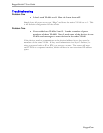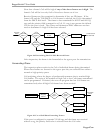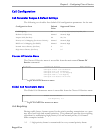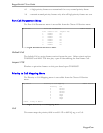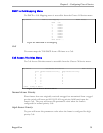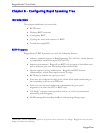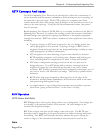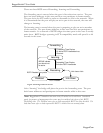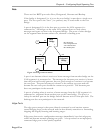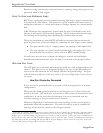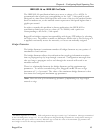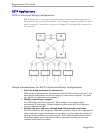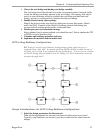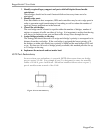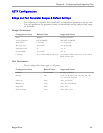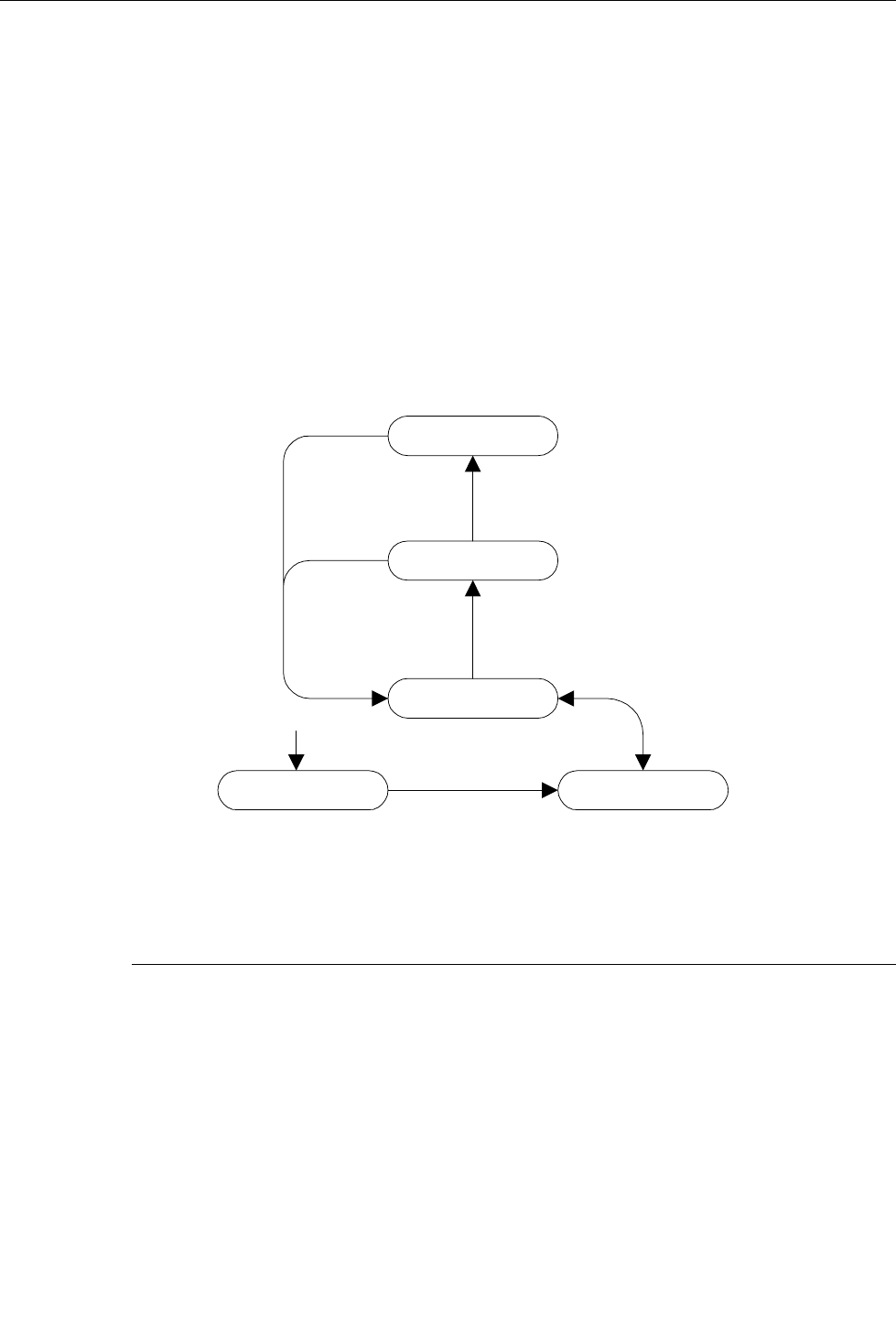
RuggedSwitch™ User Guide
There are three RSTP states: Discarding, Learning and Forwarding.
The discarding state is entered when the port is first taken into service. The port
does not learn addresses in this state and does not participate in frame transfer.
The port looks for STP traffic in order to determine its role in the network. When
it is determined that the port will play an active part in the network, the state will
change to Learning.
The learning state is entered when the port is preparing to play an active member
of the network. The port learns addresses in this state but does not participate in
frame transfer. In a network of RSTP bridges the time spent in this state is usually
quite short. RSTP bridges operating in STP compatibility mode will spend 6 to 40
seconds in this state.
Figure 32: Bridge and Port States
After “learning” the bridge will place the port in the forwarding state. The port
both learns addresses and participates in frame transfer while in this state.
Note:
RuggedSwitch
™
introduces two more states, Disabled and Link Down. Introduced
purely for purposes of management these states may be considered sub-classes of the RSTP
Discarding state. The Disabled state refers to links upon which RSTP has been disabled. The
link down state refers to links upon which RSTP is enabled but are currently down.
Forwarding
Learning
Discarding
Disabled Link Down
Forwarding Timer Expires
Or Active RSTP Handshake
Forwarding Timer Expires
Or Active RSTP Handshake has
Occurred
Link rises or falls
RSTP Enabled
BPDUS indicate
port should not
be active
RSTP Disabled in any state
RuggedCom



